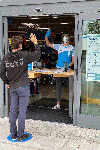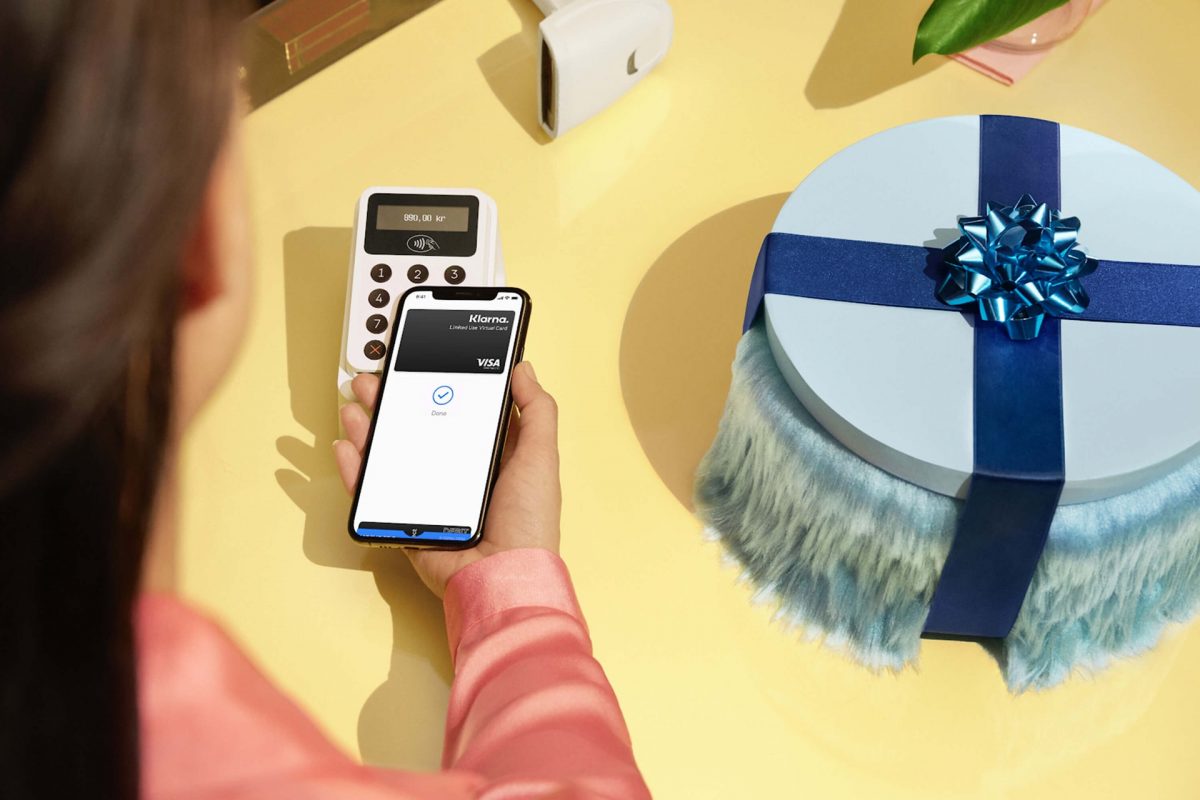Utah-based lifestyle store EmieJames lost about 80 per cent of sales during the pandemic with its doors forced closed, but as the state began to relax restrictions, virtual shopping appointments and kerbside pickup have kept the boutique in business and thriving.
Retailers are increasingly considering digital tools like these to navigate toward a “new normal” in which they can safely make sales to stay afloat. With e-commerce not making up the difference lost to lockdown, the technology offers a lifeline, especially for smaller, local stores that might not have a robust online presence.
New technologies can aid in “social-distance selling” by helping retailers limit physical contact, reduce time spent in stores, avoid large groups of people and even utilise stores to fulfil online orders. Some of these technologies are still unproven; others are in the early stages of adoption. But use cases suggest they can help retailers recoup sales and increase customer confidence. As of April, 89 per cent of shoppers had concerns about shopping in physical stores according to a survey by payments service Fast.
“The next eight months are going to be make or break even for multi-billion-dollar brands and retailers,” says Nitin Mangtani, founder and CEO of PredictSpring, which creates mobile apps for brands including Sandro, Brooks Brothers and Dooney & Bourke.
Omnichannel services
In addition to traditional e-commerce, EmieJames now sells through buy online, pickup in-store and kerbside pickup. Omnichannel models like this allow customers to shop local stores remotely and receive items faster than they would buying items online for home delivery. Among Shopify retail merchants, e-commerce orders made up for 94 per cent of lost in-store revenue during a six-week period this spring (including bopis and kerbside pickup).
Shopify retail head of product Arpan Podduturi, who’s leading the company’s development of in-store tools, says new merchants signing up with Shopify want omnichannel capabilities. “They think that long-term, this is the new reality,” he says. Before the pandemic, stores including Gap, Macy’s and Bloomingdale’s had added in-store pickup; some locations of Nordstrom have adopted contactless kerbside pickup.
By April, half of US consumers had used buy online, pickup in-store as a result of Covid-19, according to NRF, and more than 75 per cent said they were interested in it. More than 26 per cent of Shopify merchants in English-speaking geographies now use some form of local in-store or kerbside pickup and delivery option, compared to 2 per cent at the end of February, according to the company.
Serialised inventory and RFID
Stores are also being used as micro-fulfilment centres, says Stephan Schambach, founder and CEO of omnichannel platform provider NewStore, which works with Ganni, Anine Bing and sporting goods store Decathlon. This allows the store to continue to make sales while limiting the number of people who are in the store at one time and gets items to customers faster by shipping from the closest store.
Serialised inventory, which gives each piece of merchandise a unique digital identity, lets a brand sell any item in its global stock, regardless of where the item is or how the purchase was made. Using RFID, a retailer can survey inventory quickly without touching each item’s tag. Retailers like Decathlon and Outdoor Voices use RFID; Decathlon uses an antenna-equipped robotthat roams store aisles to count inventory, which can allow a lean store staff to operate more efficiently. Schambach expects adoption to pick up as the cost to implement the technology has dropped.
Tally, Simbe’s RFID-reading robot, was already in use at Decathlon to more accurately keep track of inventory. It’s now becoming important for measuring stock without human contact.
© Decathlon

Enhanced app functions
Mobile apps — more customisable than mobile websites — can help facilitate hybrid selling.
Retailers can enhance the pickup experience by adding location-based functionality to an app. Brands can use GPS or RFID technology to “geofence” product pickup zones by creating a virtual geographic boundary; push notifications can then be used to send updates to the retailer and customer.
In a store or mall, the same technology can limit crowds and time spent inside. An app might inform a customer that a specific space is at capacity, help them find something in a store or let shoppers make a mobile purchase from the store’s inventory from directly outside the store.
“Think about a store as a pickup centre, and the shopping decisions are made before you arrive,” says Coby Berman, COO of Radar, which creates location-based app services. “Customers need to understand how that flow works, especially given the heightened implications around trust and safety.”
Kerbside pickup, self-checkout and enhanced mobile app functionalities all contribute to social-distance selling capabilities.
© Decathlon, NewStore

In-store analytics
While attracting more traffic used to be the goal, in-store analytics to identify gathering points and disperse them, says Greg Petro, CEO of retail analytics firm First Insight. Heat maps, for example, provide digital representations of activity patterns; this can identify hot spots in a store and disperse popular merchandise and encourage one-way traffic flows. An occupancy counter, like one just introduced by AisleLab, counts the number of visitors in a space based on the number of mobile devices in a location and can limit visitors.
Petro also suggests “demand-sensing tech”, a forecasting method that can help brands understand consumer expectations when they return to stores. “The new environment shouldn’t be an experiment.”
Contactless payments
Contactless payment services like Apple Pay and Google Pay, which don’t require touching a terminal, are expected to proliferate, as are other mobile-based payments that borrow from online shopping. A new PayPal QR codeallows touch-free in-person payments; Klarna has a mobile wallet card to bring instalment-based payments to in-store purchases.
Klarna CEO Sebastian Siemiatkowski says that the company is also experimenting with H&M to allow the payment method to carry additional information about the customer, allowing the brand to personalise the experience in a store.
More than half of Americans use a form of contactless payment, according to Mastercard. Between February and March, contactless transactions grew twice as fast as non-contactless transactions.
© Klarna

Decathlon, whose San Francisco store is 13,000-square-feet but limited to 10 employees, is working on self-service capabilities like self-checkout. While recent innovation here has been led by Amazon in grocery and convenience stores, these technologies are expected to expand to reduce person-to-person interactions.
Shopify’s Podduturi anticipates an ongoing merger of online and offline tools, and a desire from consumers to buy from local stores as they accelerate tools that borrow from larger online entities. “This moment has made us all reflect on what the fabric of neighbourhoods is really made up of, and commerce is just so baked into that fabric,” he says. “We see a lot of consumers looking to buy locally. It feels like a way to put your dollars toward the things you care about.”

